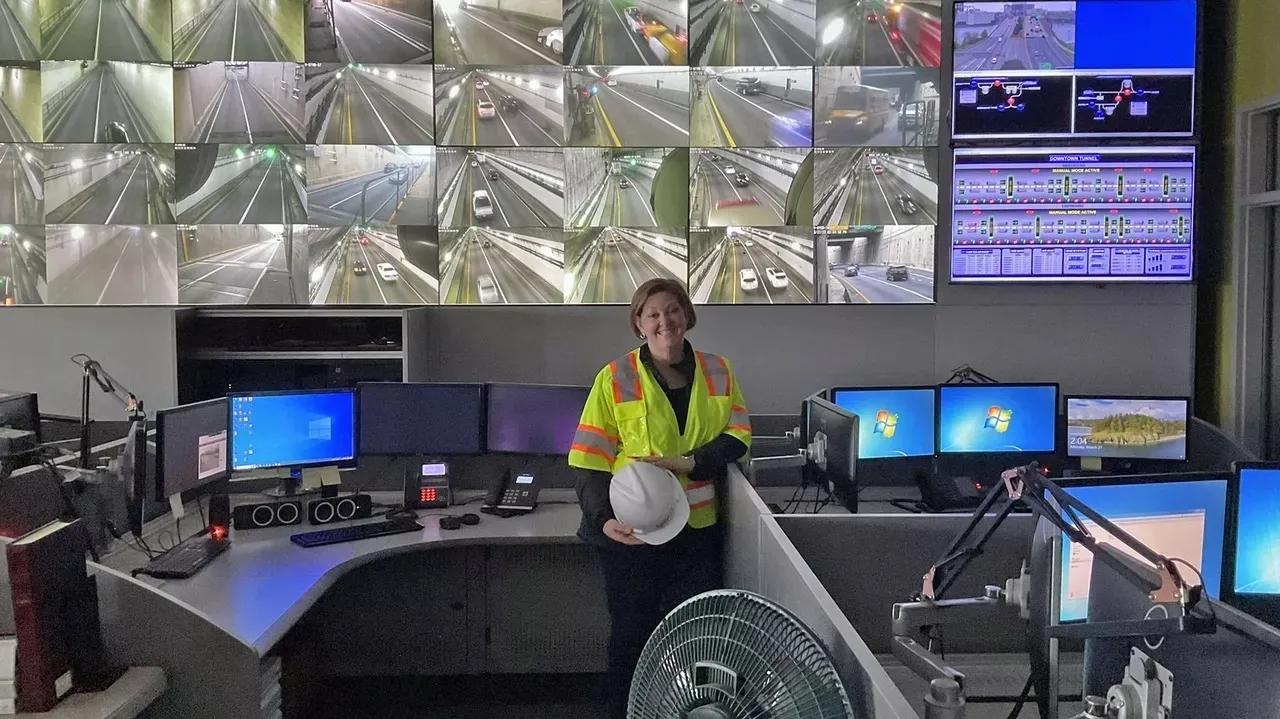Siemens is to provide the complete traction power supply for the first section of metro line 1 in Lima, which covers around nine kilometres. The modern power supply, upgrading of existing overhead contact line system and modifications to electrification in the depots will increase both the availability and the cost-effectiveness of the rail route. The upgrade will be carried out during ongoing operation.
Lima's first metro line was completed in 2011, covering around 21 kilometres. The line connects the s
January 4, 2017
Read time: 2 mins
Lima's first metro line was completed in 2011, covering around 21 kilometres. The line connects the south east of Lima with the city centre, thus shortening transport routes considerably for many of the capital city's inhabitants. The first section of line 1, covering around nine kilometres, was installed in 1995, so the traction power supply for this section now needs to be modernised.
Siemens will provide the installation, commissioning and overhaul of four traction power substations, six medium voltage cabinets for the stations between Villa El Salvador to Atocongo. Siemens will install, test and commission the overhead catenary system for the main line, while the Scada system (supervisory control and data acquisition) for monitoring and controlling the traction power supply will also be upgraded.









